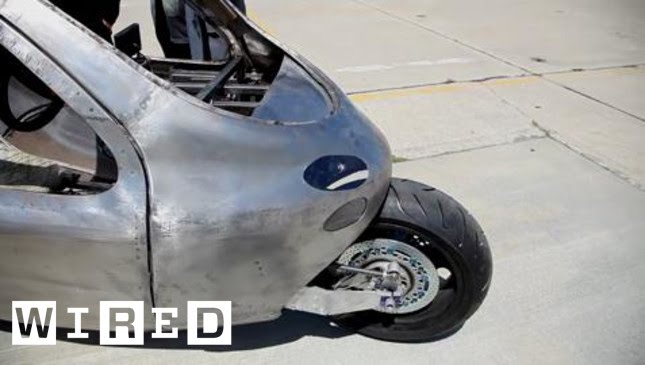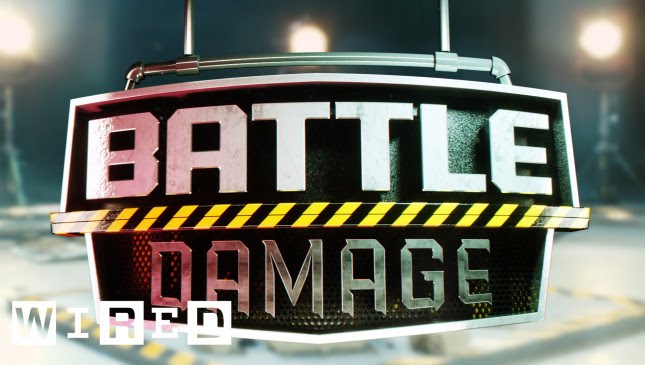The Future of Toilets and Wastewater Infrastructure
Summary
In this article, we discuss the challenges facing wastewater infrastructure in the US and other places, as well as the need for new and innovative toilet designs. We explore the potential of high-tech toilets that can do more than just flush waste, and how cities are dealing with combined sewer systems. We also examine the use of microorganisms to clean water and the problem of residual sludge, as well as the growing popularity of direct potable reuse programs. Ultimately, we argue that good, healthy, and sustainable toilets are essential for connecting humans and the planet.
Table of Contents
- The Need for New Toilet Designs
- Dealing with Combined Sewer Systems
- Microorganisms and Residual Sludge
- Direct Potable Reuse Programs
- Conclusion
The Need for New Toilet Designs
The wastewater infrastructure in the US and other places is aging and not well-suited for future challenges. One reason why toilets haven’t changed much is because of technological lock-in and psychological attachment to current systems. However, technologists are redesigning toilets to do more, such as urine-diversion toilets and vacuum toilets that separate waste from greywater. The high-tech toilet of the future may have medical capabilities, such as imaging your stool to determine health issues.
Dealing with Combined Sewer Systems
Cities are dealing with combined sewer systems by digging big tunnels, building green infrastructure, and making sewers smarter. Some cities are even using sewers as an energy source and harvesting resources from them. The diversity of sanitation technologies can make cities more resilient, and building-scale, district-scale, and on-site sanitation systems can be introduced as cities grow.
Microorganisms and Residual Sludge
Wastewater treatment plants use microorganisms to clean water and filter out everything we dump down the drain. However, residual sludge is a problem that wastewater treatment plants face. To combat this, some are turning sludge into biocrude that can be used as transportation fuel.
Direct Potable Reuse Programs
In some places, people have been drinking recycled wastewater for years through indirect potable reuse programs. Direct potable reuse programs involve cleaning water to drinking standards and putting it back into the pipeline directly. Pilot projects for direct potable reuse are becoming more popular worldwide.
Conclusion
The toilet is an essential technology that connects humans and the planet. It is crucial to have good, healthy, sustainable toilets that everyone has access to. As cities grow and face new challenges, it is important to embrace new technologies and sanitation systems that can make our infrastructure more resilient and sustainable for future generations.







